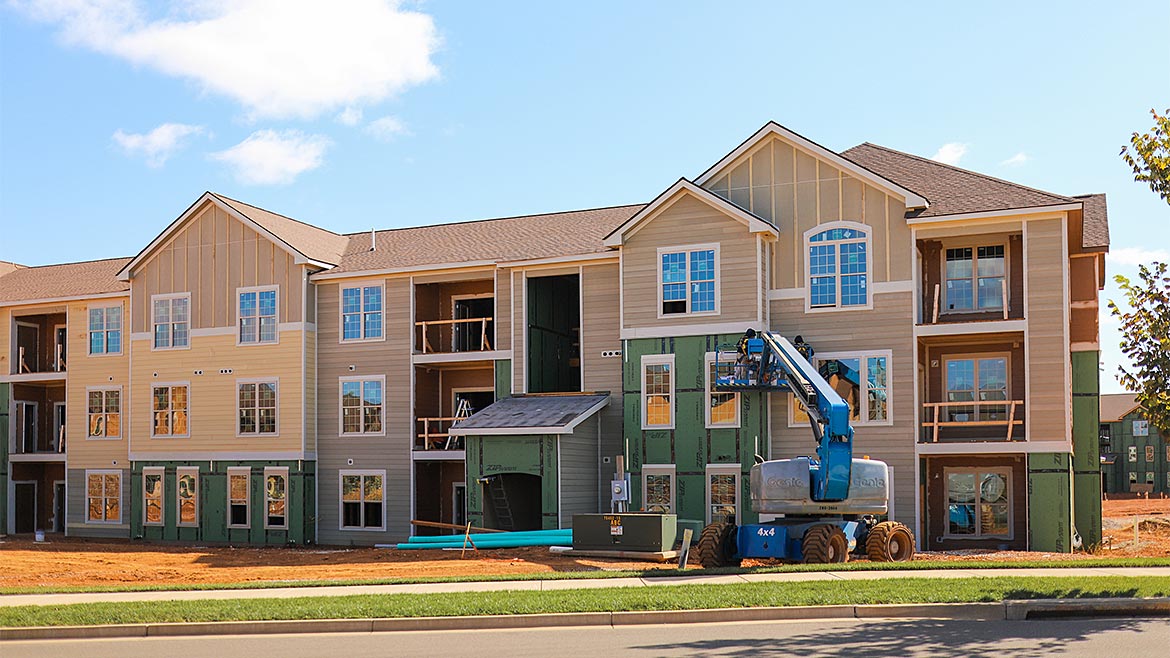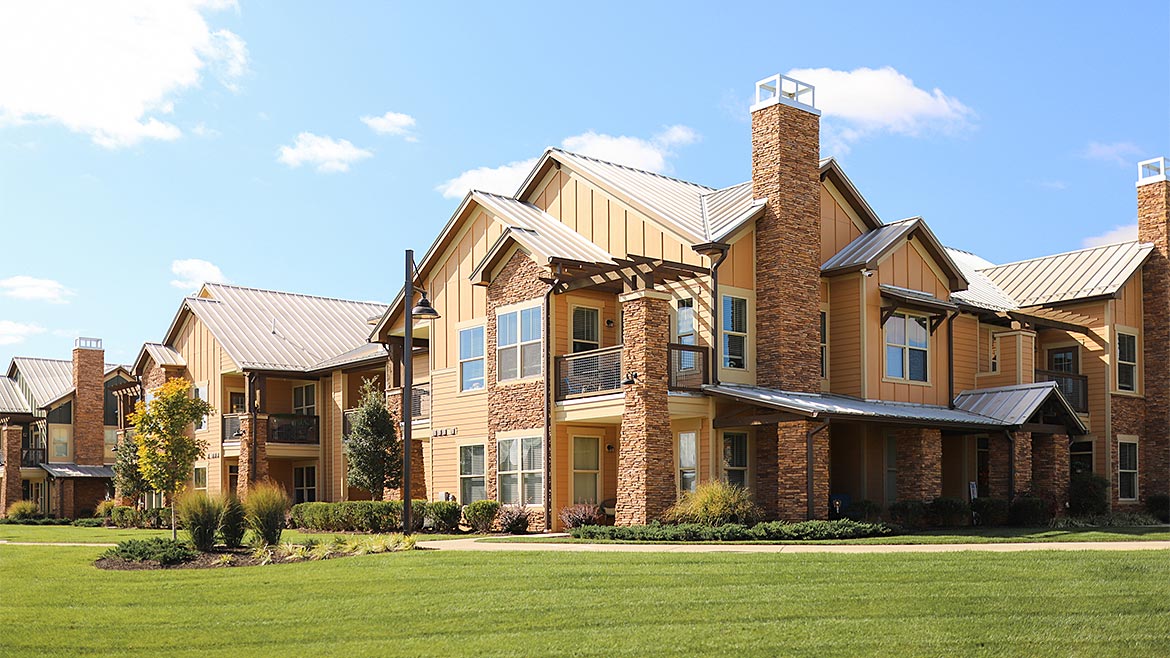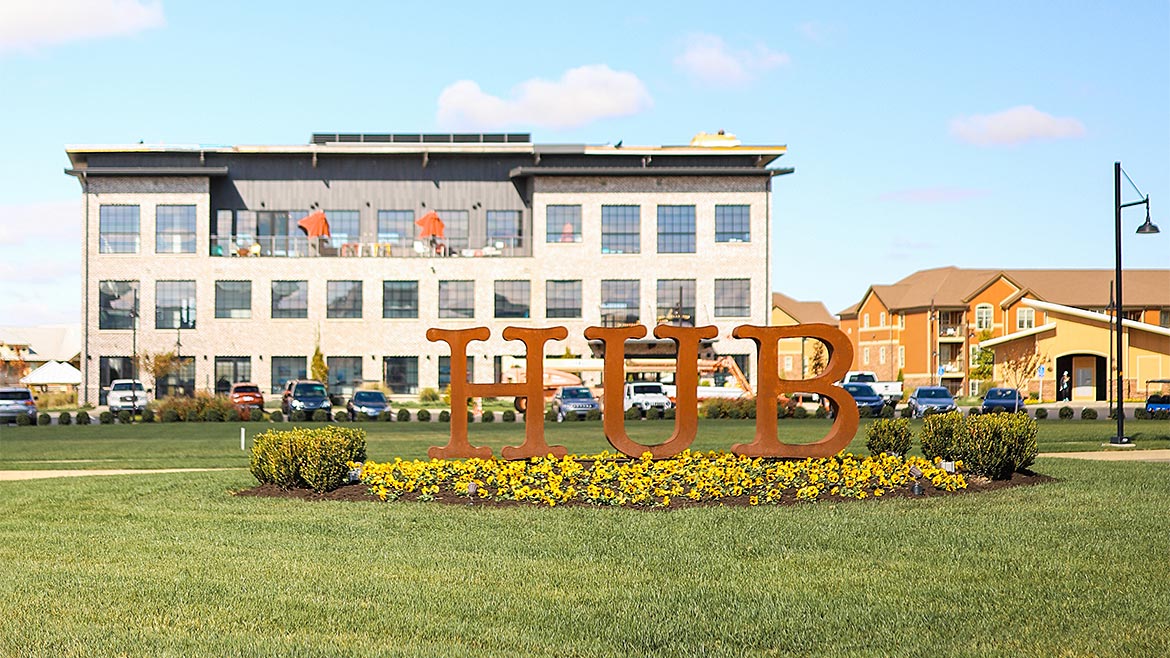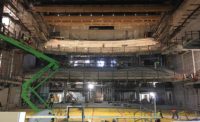Chris Coates must be exhausted. The owner of Chris Coates Drywall Inc. has two locations—one in Kentucky and one in Florida. Whether in the hills of Kentucky or in the Sunshine State, the subcontractor installs drywall, light-gauge framing, acoustics, fire/sound caulking and interior/exterior painting. However, is Coates spread too thin?
Well, it seems, somehow, the owner has made things work. CCD has decades behind its name in a business capacity and having two offices—in different states—seems to be working, and the company is busy. Coates has been in the trades for 35 years; the company has more than 20 years in business. However, in his words, the company has three generations to its name.
“I was taught by my father. He started taking me to the job site when I was around eight or so,” says Coates. “As I got around 13, dad started me cleaning up, spotting nails and sanding closets.
“My oldest daughter was born in 1987 when I was 18,” he says. “That’s when I started full-time. My father had me doing everything—learning how to rebuild the automatic taping tools first—utilizing AMES rentals.
“Dad didn’t want any excuses not to work. He made sure when a tool broke down, I could repair it on-site and keep working. He also had me hanging and even stocking houses in-between finishing,” Coates continues. “Back then, we didn’t have boom trucks—just flatbed ones—so I did a lot of carrying materials up steps.”

Accessible to All
As the owner, Coates is directly accessible to all of his clients. In addition, his contact information is on every one of his foremen’s business cards.
“I can be reached directly anytime that the builders or on-site superintendents need me,” says Coates. “I feel like being able to contact the owner, who signed the contract, is important. I think there is nothing worse than going through a middleman to get approvals that are needed quickly from the owner. I make it a point to visit every job site bi-weekly personally, to check on progress. I’m also on-site with the owners during final walkthroughs. Being available and on-site personally sets me apart.”
The company has approximately 150 people and plans to be managing around 300 by later this year.
Since CCD has been in business, has it seen a lot of growth? Coates answers in the affirmative, stating, “Yes, I started my company back in 2002, with a loan from my father for $17,500, with nothing but a set of tools and my truck. By the end of my first year in business, I grossed around $500,000 and paid back my father within three months. At that time, I only worked on residential homes and only completed a small apartment project here and there for my residential contractors.”
The company really started to expand and experience serious growth in 2019. Coates went from having around $1.5 million on the books in 2018 to having $6 million by the end of 2019.
By working directly with the architects, Coates was able to save money on the wall and ceiling designs. “For example, I recently saved one owner more than $500,000 just on a 377-unit building by changing the wall and ceiling design while remaining compliant with required codes,” he says. “I’m working on project designs now for work that will start in 2025.”

Down the Road
Business is great, according to Coates. Due to requests from his contractors to offer a complete interior package, he has added painting, suspended ceilings—and most recently—metal framing. Expansion has given CCD a tremendous boost in business. The company got so much of a boost that it had to turn down more than $15 million worth of work in 2022.
How has the current construction climate been in Coates’ region and for his company? “The commercial work is great. It seems like every city, such as Nashville, Atlanta and Huntsville, is growing like crazy with a huge demand for multi-family,” he says. “We have contractors coming in from all over the United States to build projects for their clients. It’s the most growth I’ve seen since starting in business.”
What is the most interesting aspect to this job for Coates? Well, he enjoys that every project is different and brings new challenges, so no day is ever the same.
In regards to the hardest project for him, Coates says, “I have found it difficult to find on-site foremen. I’m turning down projects because I simply do not have enough on-site management.” Right there, Coates touches on what almost every subcontractor W&C speaks with finds at the top of the list of “most challenging”—lack of qualified labor.
The company reports that last year had a slow start due to market uncertainty. In Coates’ words, several projects were put on hold in 2022 and a few start dates were extended to this year.
“I currently have more than 300,000 sheets to install and finish on the books for 2023 and have around 100,000 for 2024 already,” he says.
A Look Ahead
What are the company’s long-term goals? “I am working to create a more efficient company that is more organized with smooth communication between the office and field management,” he says. “For years I’ve done everything myself: estimates, change orders, project management, payroll and even taxes. It all just takes up so much of my time.
“I’ve limited my overhead drastically since the last recession. When you have a high overhead and recession hits, it doesn’t take long to drain your cash reserves, so I sub-out as much as possible and use online services as well,” Coates says. “That way, I don’t have the overhead of the extra staff when work slows like the last recession. These days, you can sub out almost everything from estimating, HR/payroll to an answering service. There are online services for everything, so I don’t even need my office space anymore for staff. Plus, by eliminating all that direct overhead, my profit margin is easily 6 to 10 percent less than my competition, so I can be extremely competitive if needed. I’ll have full control of millions worth of work in progress while working from a hotel room or my home office without having direct employees or physical office space.
“Another bonus of having everything online is I have access 24/7 to all Cloud-based records,” Coates continues. “At the end of the day, the cost savings helps me to secure more projects.”
Now that his son is getting involved, Coates doesn’t want that same pressure to transfer to him as he had with his dad. Therefore, in that regard, the goal is to hire more staff to assist with the office workload and invest in more on-site technology to give management more information on projects and increase connectivity.
The relationships the company has built with its clients is a point of pride for CCD and Coates as an individual. From the design stage to the final walkthrough, Coates is always directly and personally involved. “One of the biggest complaints I hear from contractors is that so many owners do not know personally what’s happening on their projects,” he says. “I make it a top priority to visit every job site myself.”
To ensure its success, Coates gives a lot of credit to the vendors/manufacturers he works with. A part of that mix is his relationship with L&W Supply.
Project Profile

Location: Bowling Green, Ky.
Architect: G. Niles Bolton AIA Architect
Owner: Chandler Real Estate Group
The Hub Project is the largest of its type in the area. Chris Coates Drywall is currently on the last phase, so by the end of the year, the project will be complete. Coates says this project is special to him because his father did work for the owner previously, then the opportunity arose for him to be a part of this project, and now his son is finishing the last phases. So, all three generations have worked together with this owner. Coates sees this as a great example of the relationships the company has built with its clients and the relationships that it has worked to build over time.
The Hub is a brand new apartment neighborhood concept unlike anything Bowling Green has ever seen. Welcoming its first residents in 2020, The Hub is comprised of three specific phases of unique housing types, all centered around a lush central park landscape. Loaded with amenities, it is designed to provide residents with the convenience of leasing without sacrificing outdoor living and recreation. Residents of The Hub can enjoy maintenance-free living, which provides more time for planning life adventures at home and afar.
Chris Coates Drywall installed and finished the drywall on 936 units in 54 buildings, plus the amenity areas.
“This project is a basic Level 4 finish, wall and ceiling design,” Coates says. “Nothing out of the ordinary from our perspective. It is a large project that was divided into six phases over the course of 2021 to mid-2023.”
This project should be mostly wrapped up by this summer.





Report Abusive Comment